If you’re looking to elevate your vegetable garden’s productivity while reducing the hassle of weeds, managing soil moisture, and protecting your crops from harmful diseases, then mulch might just be your garden’s new best friend. Mulching is one of the most effective and cost-efficient ways to improve soil health and boost your garden’s overall performance.
Whether you’re a seasoned gardener or a beginner, choosing the right mulch for your vegetable garden can make all the difference in achieving a thriving, sustainable garden.
In this guide, we’ll dive deep into the benefits of mulching, the different types of mulches available, and explore 9 of the best mulch options that can help your garden grow strong and healthy.
Let’s explore how mulch can become your garden’s protective shield while enhancing the soil, controlling temperature, and even reducing the need for constant maintenance.
Benefits of Mulching
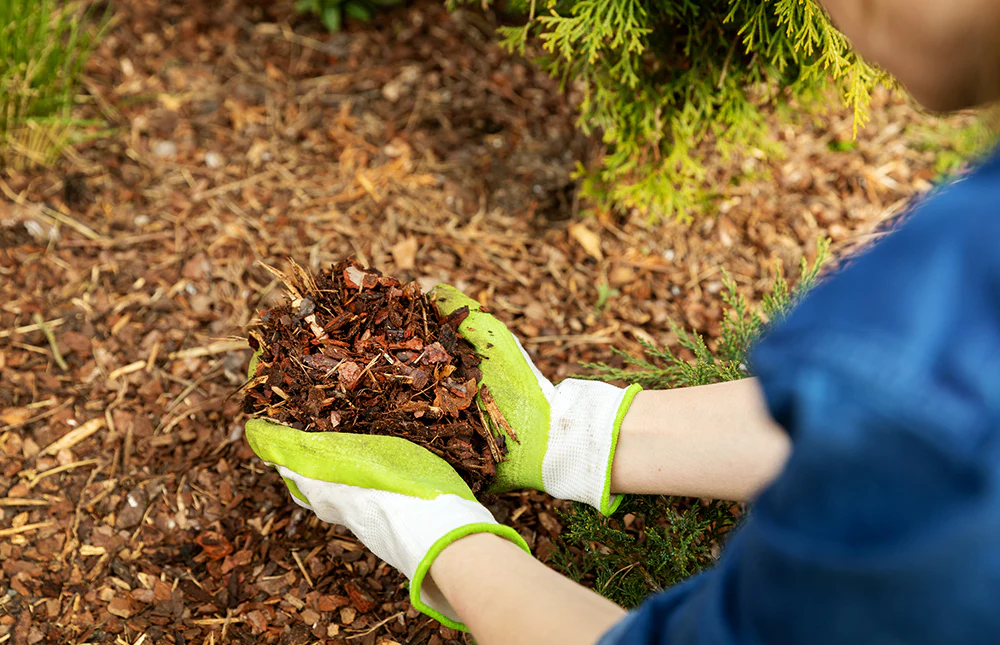
Mulch does more than just make your garden look tidy. It plays a crucial role in the health of your soil and plants. Here are some of the key benefits of mulching:
1. Weed Control
Weeds can compete with your vegetable plants for vital nutrients, water, and sunlight. By applying mulch around your vegetables, you create a physical barrier that prevents weed seeds from germinating, thus reducing weed growth. The fewer weeds you have, the less time you’ll spend on weeding.
2. Moisture Conservation
Mulch helps retain moisture in the soil by reducing evaporation. In hot weather, soil can dry out quickly, especially during dry spells. A thick layer of mulch acts as a protective blanket that keeps the moisture where it’s needed—at the roots of your plants.
This reduces the frequency of watering and helps maintain a consistent level of soil moisture.
3. Soil Temperature Regulation
Mulch helps regulate the temperature of the soil, keeping it cooler in the summer and warmer in the winter. This can be particularly beneficial for tender plants like tomatoes and peppers, as sudden temperature fluctuations can stress plants and stunt their growth.
Mulch insulates the soil, providing a more stable environment for plant roots.
4. Erosion Control
Heavy rains can lead to soil erosion, especially in raised garden beds or areas with slopes. Mulch absorbs the impact of raindrops and helps prevent the soil from being washed away. This is crucial for maintaining soil structure and fertility, especially on slopes where erosion can be a major issue.
5. Disease Prevention
Some types of mulch help prevent soil-borne diseases. For example, mulching around plants like tomatoes can reduce the chances of diseases being splashed up onto the leaves from the soil during rainstorms.
Mulch creates a barrier that keeps soil organisms from coming into direct contact with plant roots and leaves.
6. Improved Soil Quality
Organic mulches, such as wood chips and leaves, break down over time and add valuable organic matter to the soil. This improves soil structure, enhances drainage, and increases the nutrient-holding capacity of the soil, leading to healthier, more productive plants.
Different Types of Mulch for Vegetable Gardens
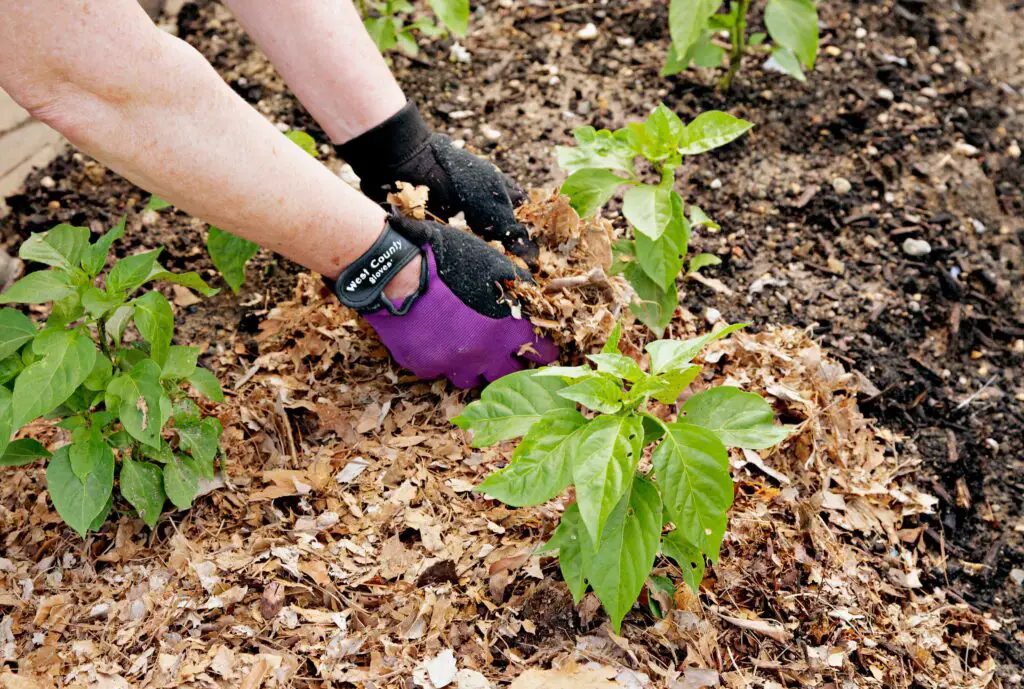
When choosing mulch for your vegetable garden, it’s important to understand the different types available. Mulch can be categorized into three main groups: organic, inorganic, and semi-organic. Let’s take a closer look at each type.
Organic Mulch
Organic mulches are made from natural, biodegradable materials that decompose over time. As they break down, they enrich the soil by adding organic matter, nutrients, and beneficial microorganisms. Some popular organic mulch options include:
- Wood Chips
- Pine Needles
- Leaves
- Straw
- Grass Clippings
Organic mulches provide long-term benefits to the soil, but they need to be replenished periodically as they break down.
Inorganic Mulch
Inorganic mulches, such as plastic sheeting and landscape fabric, don’t break down or improve soil structure, but they offer excellent weed control and moisture retention.
They are often used in commercial settings or for perennial crops. While they may not improve the soil, they can be a great option for controlling weeds and providing a tidy, low-maintenance garden.
Semi-Organic Mulch
Semi-organic mulches include materials like cardboard. These materials are biodegradable, but they may contain adhesives or coatings that make them less natural than purely organic mulches. Cardboard is a great option for controlling weeds, but it should be used carefully to ensure it doesn’t harm the soil.
9 Best Mulch Options for Your Vegetable Garden
Now that we’ve covered the benefits of mulching and the different types available, let’s explore 9 of the best mulch options for your vegetable garden. These mulches are effective at controlling weeds, retaining moisture, and improving soil health.
1. Woody Mulch
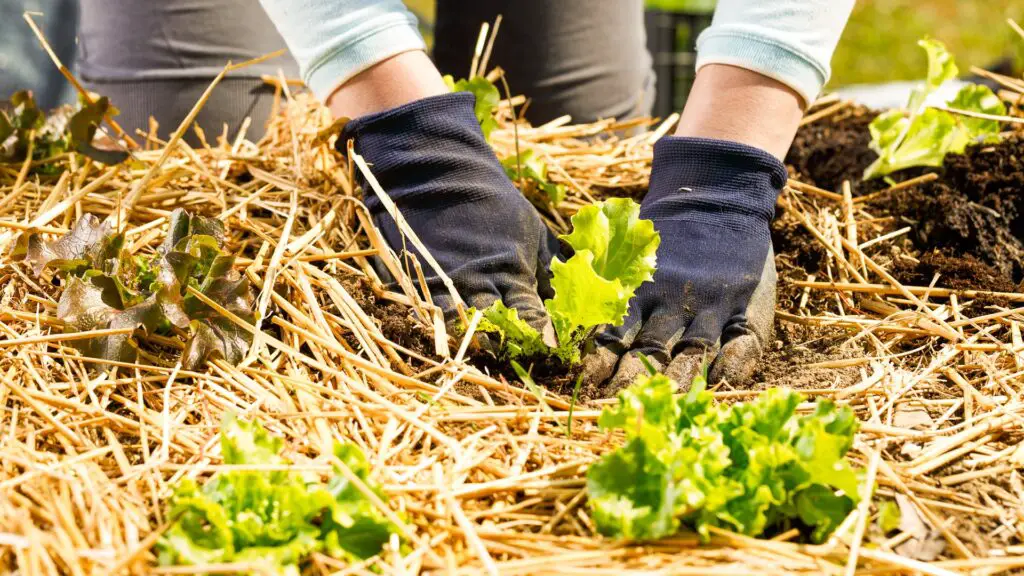
Wood chips, bark nuggets, and shredded hardwood are perfect for perennial crops like berry bushes, fruit trees, and herbs. These mulches break down slowly, which means they last longer and don’t need to be replenished as often. They are also great for walkways between garden beds and provide a neat, natural look.
Best for: Perennials, fruit trees, herbs
2. Pine Needles
Pine needles, also known as pine straw, are a lightweight and porous mulch option that is easy to spread and free if you have pine trees nearby. They have a slight acidifying effect on the soil, making them perfect for acid-loving plants like blueberries, tomatoes, and carrots.
Pine needles are also excellent at preventing weed growth and maintaining moisture.
Best for: Acid-loving plants like blueberries, tomatoes, and carrots
3. Unprinted Cardboard
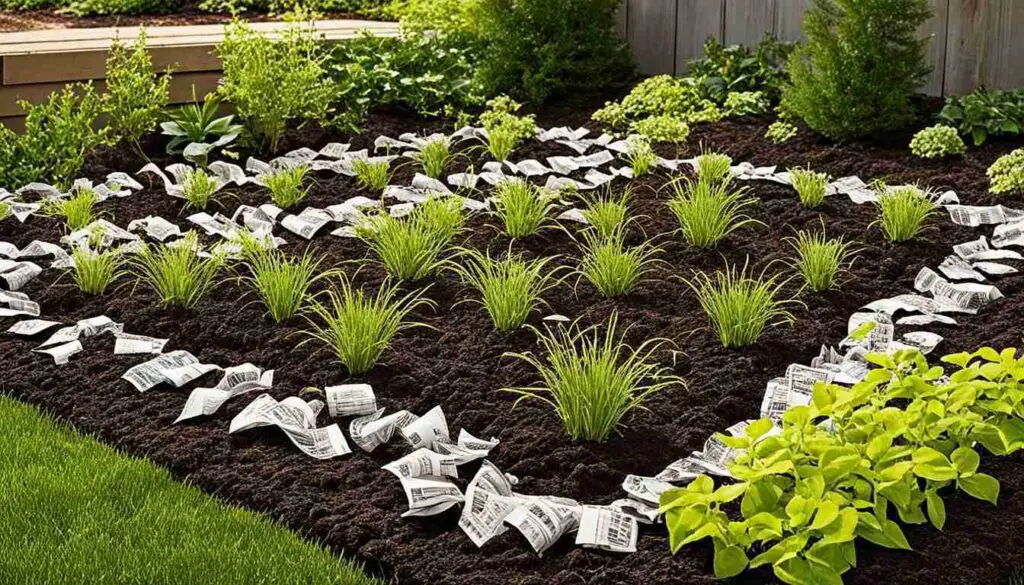
Unprinted cardboard is an effective and eco-friendly mulch option for vegetable gardens. When used around plants like tomatoes, it prevents weed growth and keeps the soil cool and moist. Since it’s biodegradable, cardboard breaks down over time, adding organic matter to the soil.
Best for: Tomatoes, peppers, large plants
4. Straw
Straw is one of the best mulches for vegetables like melons, squash, zucchini, cucumbers, and potatoes. It keeps the fruits off the ground, reducing the risk of rot and providing a clean surface for your plants. Straw also acts as a sunscreen for potatoes and helps conserve soil moisture during dry periods.
Best for: Squash, zucchini, melons, potatoes
5. Landscape Fabric
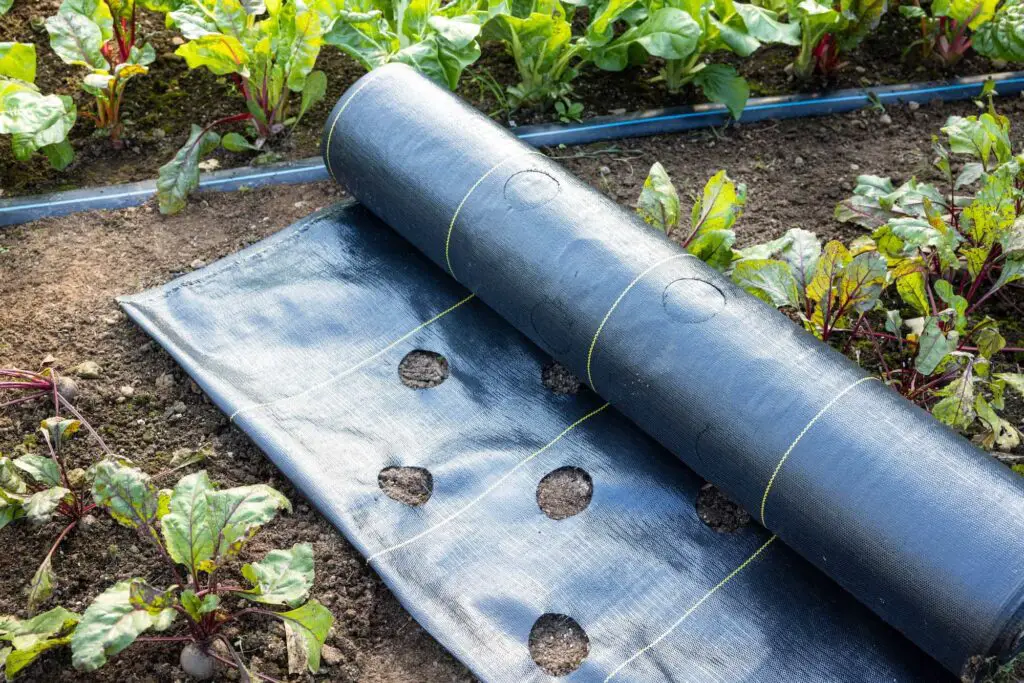
Landscape fabric is a professional-grade mulch that is woven to allow water and air to pass through while preventing weeds from growing.
While it’s more expensive than organic mulches, it’s long-lasting and often comes with a 5-year guarantee. It’s ideal for perennial crops like berry bushes and herbs that you don’t plan to replant every year.
Best for: Perennials, berry bushes
6. Agricultural Plastic
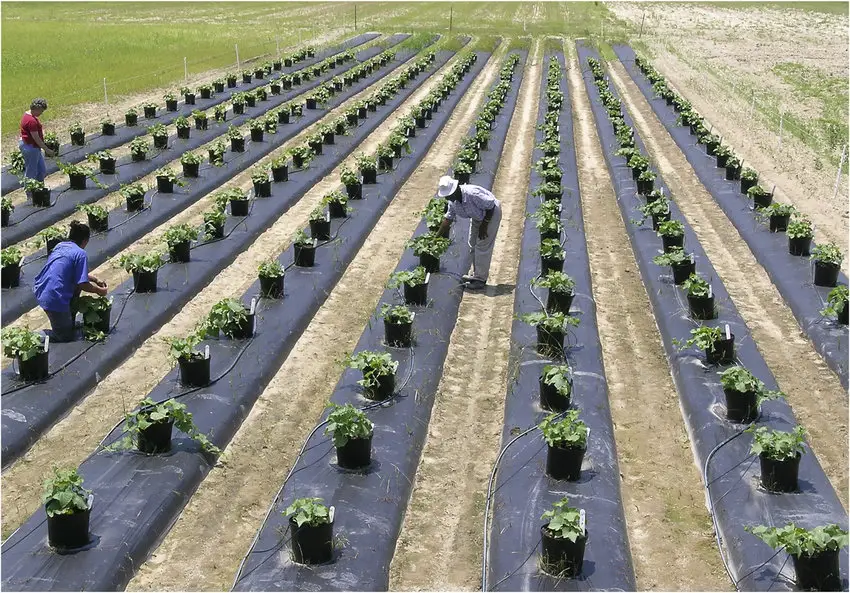
Plastic mulch, especially black plastic, is commonly used by farmers and professional gardeners for weed control. It warms the soil in the spring, helping to accelerate planting, and it can be used for crops like beans, cucumbers, and melons.
However, black plastic can heat up quickly in the summer, so it’s best to use it in the early growing season.
Best for: Beans, cucumbers, melons
7. Composted Manure
Composted manure is rich in nutrients and improves soil structure. It provides organic matter, increases soil fertility, and helps retain moisture. While fresh manure can burn plants, composted manure is safe and works well as a mulch around vegetable crops like tomatoes, corn, and peppers.
Best for: Tomatoes, peppers, corn
8. Grass Clippings (Composted)
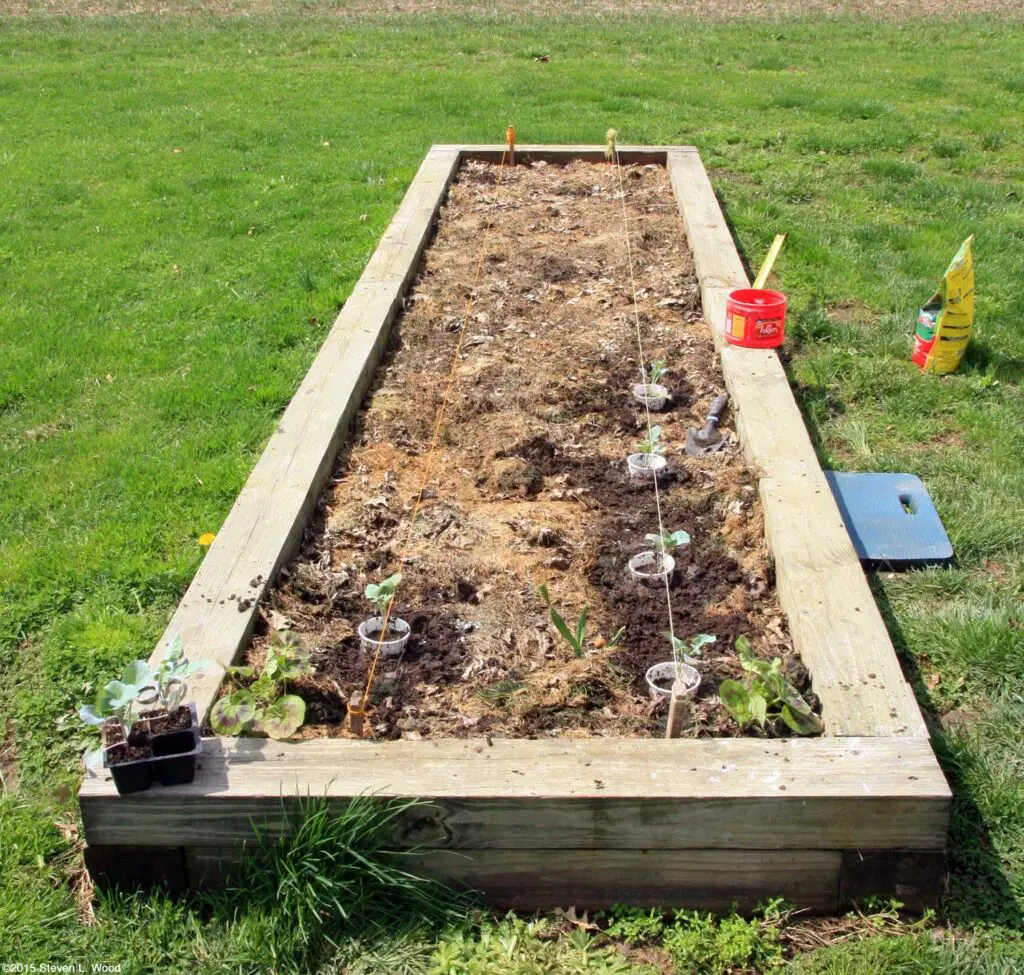
Grass clippings are a popular organic mulch, but they need to be composted first to avoid nitrogen depletion and mold growth. Once composted, grass clippings offer a nutrient-rich mulch that helps retain moisture and suppress weeds.
Be cautious when using fresh clippings, as they can form a thick mat that inhibits water penetration.
Best for: Leafy greens, tomatoes, carrots
9. Cocoa Hulls
Cocoa hulls are an attractive and effective mulch that works well for vegetable gardens. They help retain moisture, prevent weed growth, and add a pleasant aroma to your garden. However, they can be toxic to pets, particularly dogs, so they should be used with caution if you have animals around.
Best for: Leafy vegetables, flowers, decorative gardens
Related Topics:
Guide to Teddy Bear Cactus Care: Tips for a Thriving Desert Beauty
What to Consider When Selecting the Best Mulch for Your Garden
When choosing the best mulch for your vegetable garden, it’s important to consider several factors:
1. Plant Type
Different vegetables have different needs. For example, tomatoes and peppers may benefit from mulch that prevents soil splashback, while root crops like carrots may prefer a mulch that keeps the soil cool.
2. Climate
Consider the temperature extremes in your area. If you live in a hot climate, mulch that retains moisture and cools the soil, such as straw or wood chips, may be ideal. For cooler climates, plastic mulch can help warm the soil early in the season.
3. Soil Needs
Evaluate your soil’s current state. If your soil is poor in nutrients, organic mulches like composted manure or wood chips can help enrich it over time. If your soil is already rich in nutrients, you may prefer a non-organic mulch like landscape fabric to reduce maintenance.
4. Budget
Mulch costs vary, so choose one that fits within your budget. While organic mulches like straw and wood chips are affordable, landscape fabric and plastic mulches may require a larger initial investment but offer long-term benefits.
5. Availability
Consider the availability of mulch materials in your area. Some options, like pine needles and wood chips, may be easy to source locally, while others, like agricultural plastic or cocoa hulls, may require special ordering.
Conclusion
Incorporating mulch into your vegetable garden is a smart investment that provides numerous benefits, from reducing weeding time to improving soil health. With the 9 best mulch options listed above, you can select the right mulch that suits your garden’s needs, your climate, and your crop types.
Mulching is not a one-size-fits-all solution, but by understanding the different mulch options and how they work, you can create a thriving, low-maintenance garden that yields abundant harvests year after year.
Whether you choose organic, inorganic, or semi-organic mulches, make sure to take into account your garden’s unique needs, and enjoy the results of a well-mulched vegetable garden that’s healthy, productive, and environmentally friendly. Happy gardening!
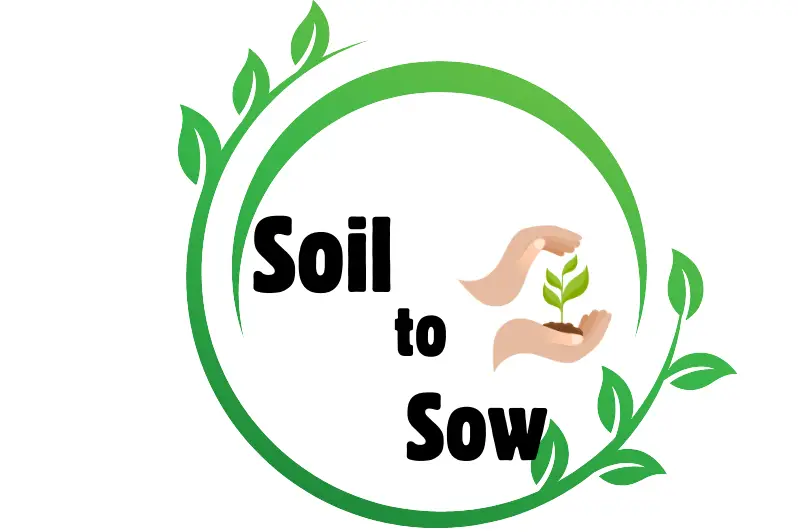
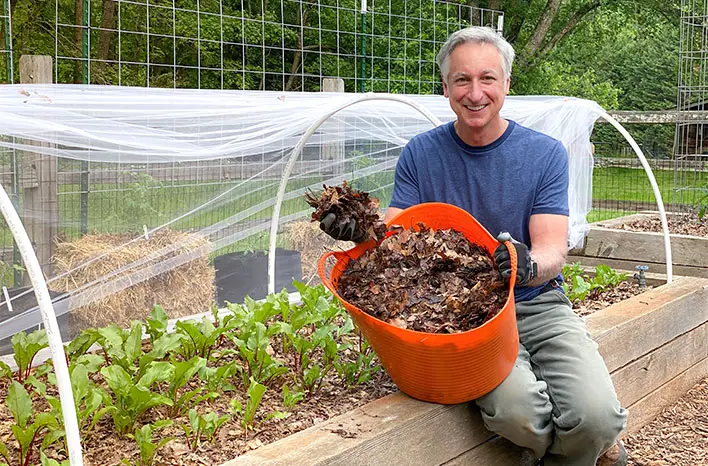
3 thoughts on “Guide to Mulching for Your Vegetable Garden: 9 Best Options”